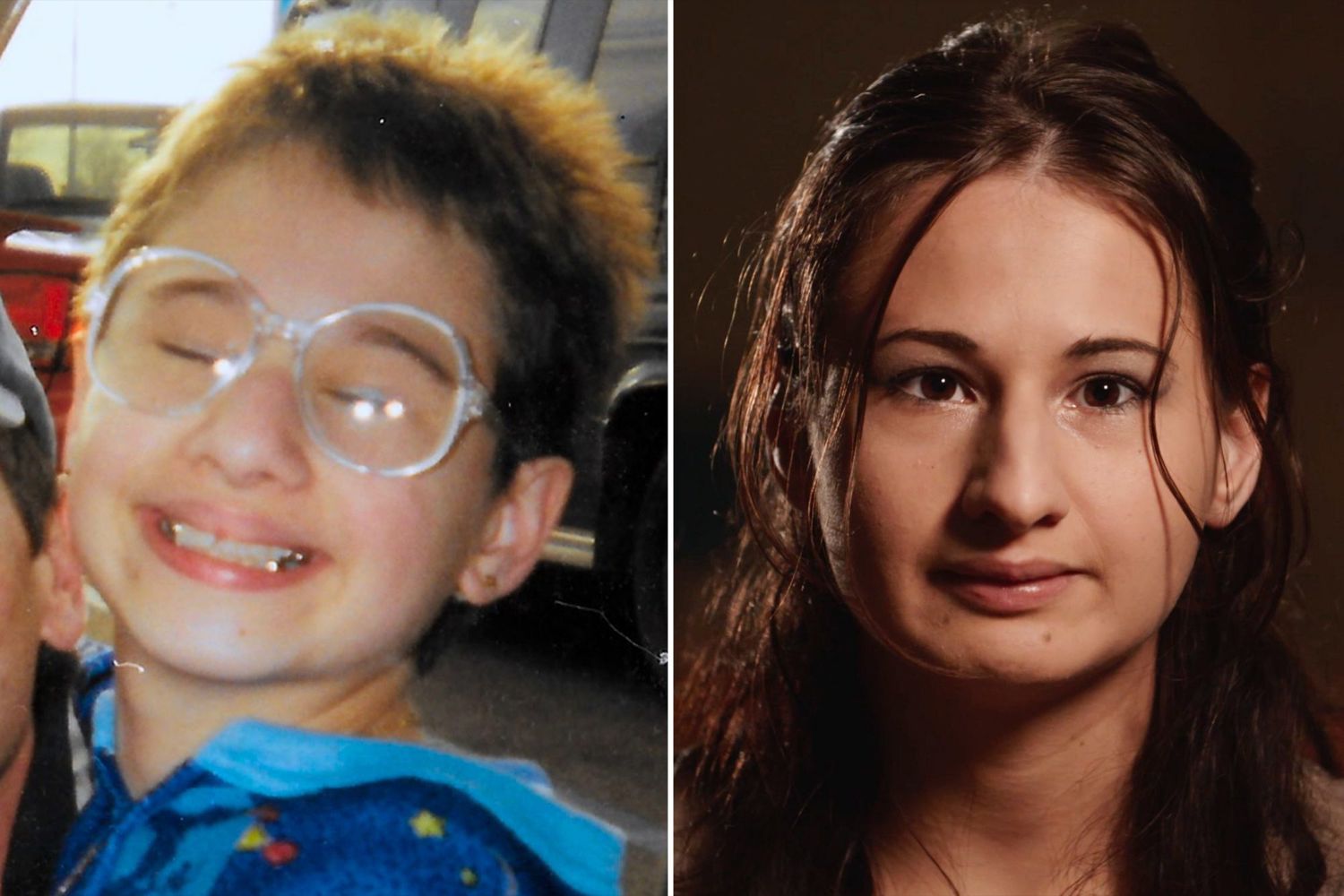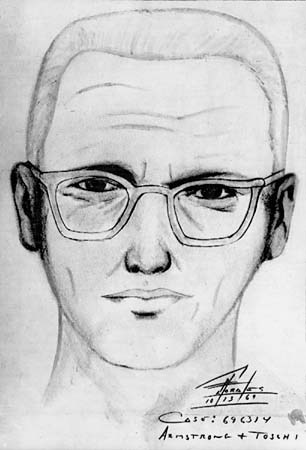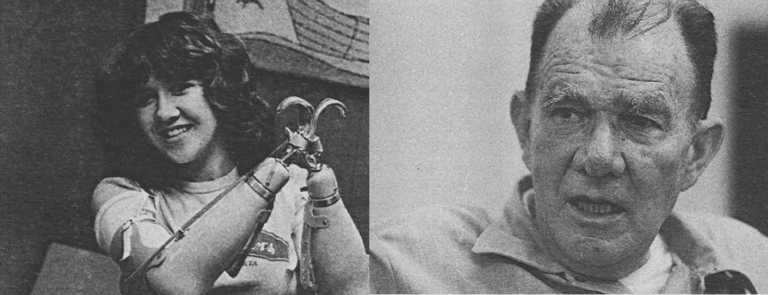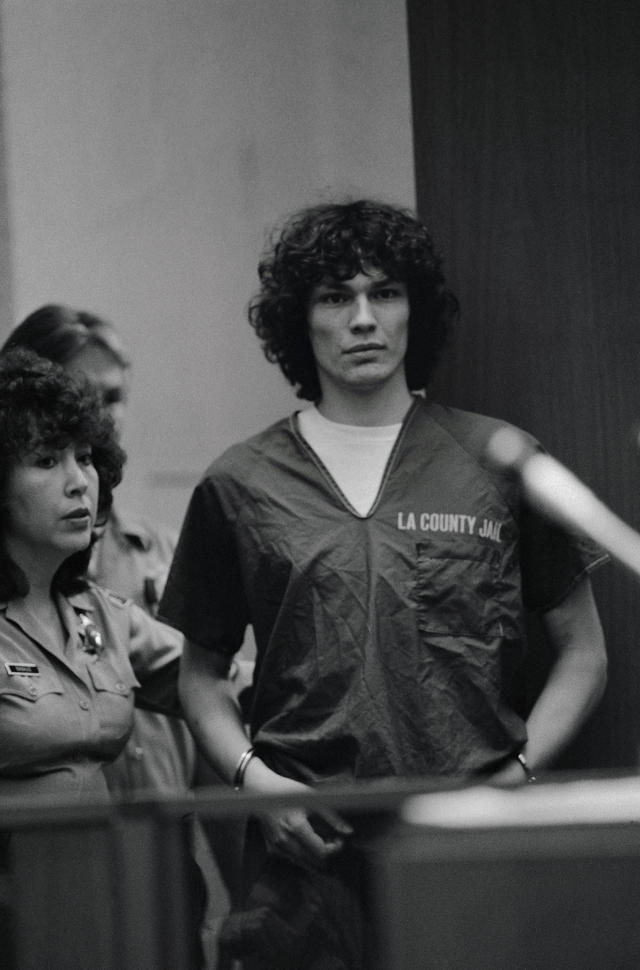Anatoly Yuryevich Moskvin (Russian: Анатолий Юрьевич Москвин; born 1 September 1966) is a Russian linguist, philologist, and historian from Nizhny Novgorod who was arrested in 2011 after the mummified bodies of 26 girls and women between the ages of three and 25 were discovered in his apartment.[1][2][3][4][5] After exhuming the bodies from local cemeteries, Moskvin mummified the bodies himself before dressing and posing them around his home. Moskvin’s parents, who shared the apartment with him, knew of the mummies but mistook them for large dolls.[1]
A psychiatric evaluation determined that Moskvin had suffered a form of paranoid schizophrenia. In May 2012, he was sentenced to court-ordered psychiatric evaluation[6][7] and has since been held in a psychiatric hospital.[2]
Vladimir Stravinskas, the head of the Investigative Committee of Russia for the Nizhny Novgorod region, called the case exceptional and unparalleled in modern forensics.
CAREER
A former lecturer in Celtic studies at Nizhny Novgorod Linguistic University,[12] Moskvin previously worked at the Institute of Foreign Languages.[13] A philologist, linguist and polyglot who speaks thirteen languages, Moskvin has written several books, papers and translations, all well-known in academic circles.[8] Moskvin also occasionally worked as a journalist[16] and regularly contributed to local newspapers and publications.[11] Describing himself as a “necropolist”, Moskvin was considered an expert on local cemeteries in the Nizhny Novgorod region.[8]
In 2005, Oleg Riabov, a fellow academic and publisher, commissioned Moskvin to summarize and list the dead in more than 700 cemeteries in forty regions of the Nizhny Novgorod Oblast.[17] Moskvin claimed that between 2005 and 2007, he had gone on foot to inspect 752 cemeteries across the region, walking up to 30 km (18.6 miles) a day.[10] During these travels, he drank from puddles, spent nights in haystacks and at abandoned farms, or slept in the cemeteries themselves, even going so far as to spend a night in a coffin being prepared for a funeral.[8][9] On his extensive travels, Moskvin was sometimes questioned by police on the suspicion of vandalism and theft, but was never arrested or detained after stating his academic credentials and purpose.[9] The work itself remains unpublished but has been described as “unique” and “priceless” by Alexei Yesin, the editor of Necrologies, a weekly paper to which Moskvin was a regular contributor.[12][17] After Moskvin’s arrest, Yesin stated that he was confident there had been a mistake and Moskvin would soon be exonerated.[9] Later, Yesin told the Associated Press that Moskvin was a loner who had “certain quirks” but who gave no indication that he was up to anything unusual.[8]
Between 2006 and 2010, Moskvin worked as a freelance correspondent for the newspaper Nizhny Novgorod Worker, publishing articles twice a month. His father also sometimes wrote for the paper.[9] During 2008, Moskvin wrote an extensive series of articles on the history of Nizhny Novgorod cemeteries that appeared in the paper.
ARREST AND CRIMINAL PROCEEDINGS
Moskvin was arrested on November 2, 2011, by police investigating a spate of grave desecrations in cemeteries in and around Nizhny Novgorod.[8][13] Investigators from the Centre for Combating Extremism discovered the twenty-six bodies,[1][2] initially reported as twenty-nine,[8][11] in Moskvin’s flat and garage.[8] Video[18] released by police shows the bodies seated on shelves and sofas in small rooms full of books, papers and general clutter.[8] Although only twenty-six bodies were discovered in his home, Moskvin was suspected of desecrating as many as 150 graves[16] after police found numerous grave accoutrements such as metal nameplates removed from headstones. Police also discovered instructions for making the “dolls”, maps of cemeteries in the region, and a collection of photographs and videos depicting open graves and disinterred bodies, though none of this evidence could be conclusively connected to any of the bodies found in the apartment.[8][11] According to the investigation, the bodies primarily came from cemeteries in the Nizhny Novgorod region, though some may have come from as far away as Moscow.[2][3][13] Moskvin actively cooperated with investigators[2] and claimed he made the dolls over the course of ten years. His parents, who were away for large portions of the year, were unaware of his activities. 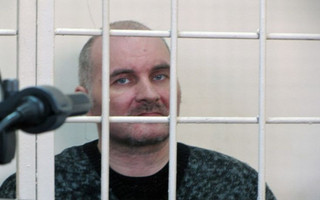
Moskvin was charged under Article 244 of the Criminal Code for the desecration of graves and dead bodies, a charge which carried up to five years in prison.[2][3] Originally Moskvin was also accused of having defaced the graves of Muslims,[2] considered a hate crime, but this charge was later dropped.[12]
After a psychiatric evaluation, it was determined that Moskvin suffered from a form of paranoid schizophrenia.[2] In a hearing on 25 May 2012, the Leninsky District court of Nizhny Novgorod deemed Moskvin unfit to stand trial, releasing him from criminal liability. He was instead sentenced to “coercive medical measures”.[7] The prosecution was satisfied with the decision and did not appeal the verdict.[5]
Moskvin was removed to a psychiatric clinic, with his stay to be reviewed regularly. In February 2013, a hearing approved an extension of his psychiatric treatment.[19] Moskvin’s treatment was again extended April 2014,[16] and yet again in July 2015.[20] In 2014 a spokesman stated, “After three years of monitoring him in a psychiatric clinic, it is absolutely clear that Moskvin is not mentally fit for trial…He will therefore be kept for psychiatric treatment at the clinic.”[16] In September 2018 Moskvin’s doctors stated that he was no longer dangerous and petitioned the Leninsky District Court of Nizhny Novgorod to release him for outpatient care from home;[21] however, in February 2019 a subsequent psychiatric evaluation found that it was too early to release Moskvin, and the hospital withdrew their petition.

